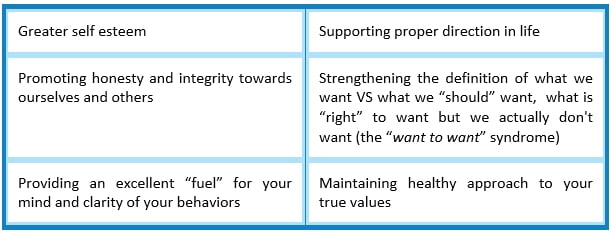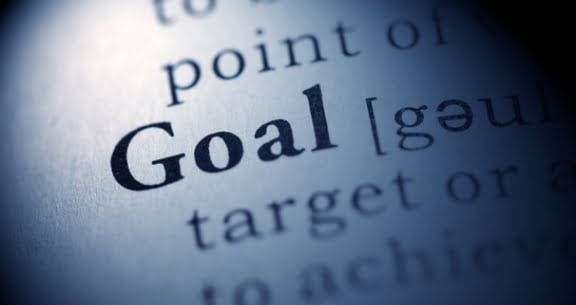By Adriana James and With Brett Ellis
In NLP we learn the technique called Keys to an Achievable Outcome. In Time Line Therapy® we learn how to define goals so they are most achievable. Both techniques discuss setting our “boundaries” in the process of defining what we want.
What does that mean? Setting boundaries? You may ask, what is that? What do you mean?
General Guidelines about Goal Settings and What Boundaries Mean
Companies and corporations have long insisted that setting goals is an important step in achieving objectives in a more congruent and easy way. But they don’t bother to explain to you what is actually happening when you set goals, and unless you’re trained you may not make the connection between goal setting and achievements in life. This is why as part of Time Line Therapy® trainings Tad James developed a system for “Creating Your Future” which deals with how to define goals and make them happen. We are not going to spend a lot of time in this article writing about that – it is covered with detailed instructions in any Time Line Therapy® training that we or our Time Line Therapy® trainer graduates teach.
It is not obvious to most goal setting well-meaning people HOW to achieve their goals and especially why reaching your goals seems to be a random exercise: some happen but others don’t. As a result, the number of people ending up frustrated when goal setting does not work is relatively big.
However, alongside the frustration experienced by some people, there are others who experience the rise in personal success and achievement of their goals in spite of the outside economic or social conditions. For whatever reason, many people seem to be able to get what they want and give to others in return. Furthermore, many people in spite of all their great efforts simply lack strategies of understanding how to define their goals so they work.
Then we have also, those who set goals but do not acknowledge their achievements – they simply dolt notice they got their goals.
So, could all of this it all be just a coincidence? A random chance or could it be more to it?
The truth is, there is a lot we can do to increase the percentage of successful goals we achieve in our lives. And more personal achievement leads to:

While going about the process of learning about how to define goals, it is not obvious that we’re actually learning about our own boundaries. Our “boundaries” are indicating the limit or the extent of what we think we are, the extend or the limit of what we can do or have. This could fulfill both functions as limiting, or as defining.

